Using Stable Diffusion with Python. Leverage Python to control and automate high-quality AI image generation using Stable Diffusion Andrew Zhu (Shudong Zhu), Matthew Fisher
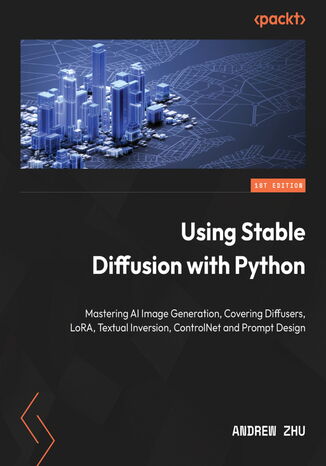

- Autorzy:
- Andrew Zhu (Shudong Zhu), Matthew Fisher
- Serie wydawnicze:
- Hands-on
- Wydawnictwo:
- Packt Publishing
- Ocena:
- Stron:
- 352
- Dostępne formaty:
-
PDFePub
Opis
książki
:
Using Stable Diffusion with Python. Leverage Python to control and automate high-quality AI image generation using Stable Diffusion
You’ll be introduced to Stable Diffusion, grasp the theory behind diffusion models, set up your environment, and generate your first image using diffusers. You'll optimize performance, leverage custom models, and integrate community-shared resources like LoRAs, textual inversion, and ControlNet to enhance your creations. Covering techniques such as face restoration, image upscaling, and image restoration, you’ll focus on unlocking prompt limitations, scheduled prompt parsing, and weighted prompts to create a fully customized and industry-level Stable Diffusion app. This book also looks into real-world applications in medical imaging, remote sensing, and photo enhancement. Finally, you'll gain insights into extracting generation data, ensuring data persistence, and leveraging AI models like BLIP for image description extraction.
By the end of this book, you'll be able to use Python to generate and edit images and leverage solutions to build Stable Diffusion apps for your business and users.
Wybrane bestsellery
Zobacz pozostałe książki z serii Hands-on
Packt Publishing - inne książki
Dzięki opcji "Druk na żądanie" do sprzedaży wracają tytuły Grupy Helion, które cieszyły sie dużym zainteresowaniem, a których nakład został wyprzedany.
Dla naszych Czytelników wydrukowaliśmy dodatkową pulę egzemplarzy w technice druku cyfrowego.
Co powinieneś wiedzieć o usłudze "Druk na żądanie":
- usługa obejmuje tylko widoczną poniżej listę tytułów, którą na bieżąco aktualizujemy;
- cena książki może być wyższa od początkowej ceny detalicznej, co jest spowodowane kosztami druku cyfrowego (wyższymi niż koszty tradycyjnego druku offsetowego). Obowiązująca cena jest zawsze podawana na stronie WWW książki;
- zawartość książki wraz z dodatkami (płyta CD, DVD) odpowiada jej pierwotnemu wydaniu i jest w pełni komplementarna;
- usługa nie obejmuje książek w kolorze.
Masz pytanie o konkretny tytuł? Napisz do nas: sklep@ebookpoint.pl
Książka drukowana


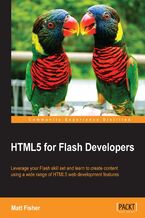


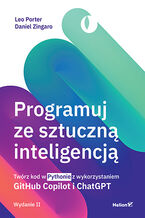


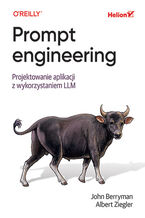





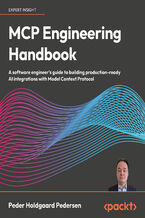
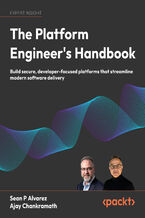
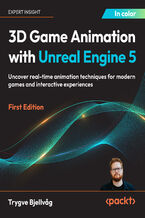
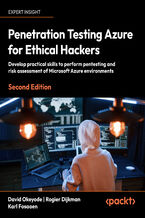
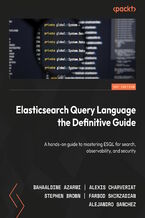

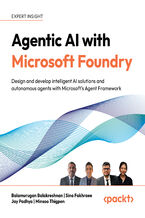
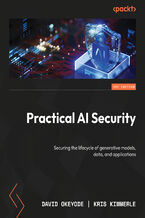
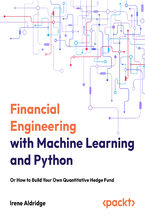
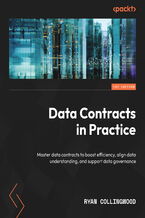






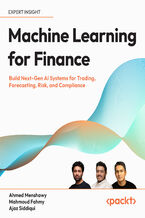
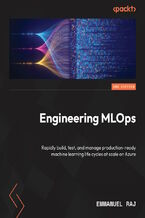
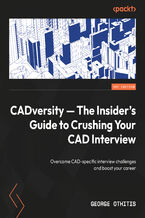
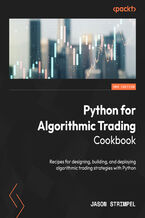
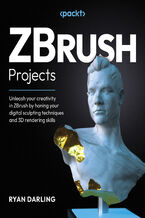
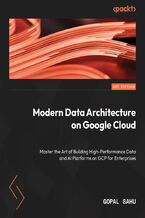
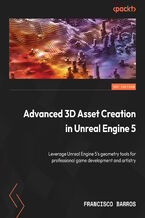
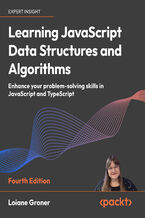
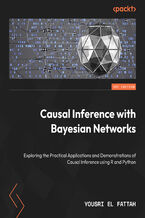
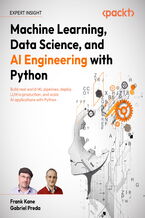
Oceny i opinie klientów: Using Stable Diffusion with Python. Leverage Python to control and automate high-quality AI image generation using Stable Diffusion Andrew Zhu (Shudong Zhu), Matthew Fisher
(0)